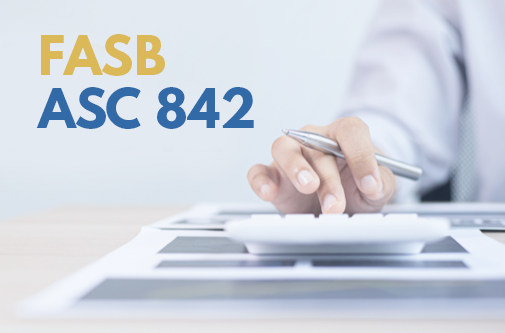This website uses cookies so that we can provide you with the best user experience possible. Cookie information is stored in your browser and performs functions such as recognising you when you return to our website and helping our team to understand which sections of the website you find most interesting and useful.
The New Lease Standard

What Your Business Needs to Do
The Financial Accounting Standards Board (FASB) has made its final amendments and clarifications to the new lease standard (Topic 842 of the Accounting Standards Codification). Public entities have had to comply with Topic 842 since 2019 and the implementation date for nonpublic entities was for fiscal years beginning after December 15, 2021.
Topic 842 requires all entities that lease assets with terms of more than 12 months to show assets and related liabilities on the balance sheet. Topic 842 will require management to develop an implementation plan during 2022 to: understand the new standard and its impact on an entity’s accounting policies; train accounting personnel on how the standard affects written contracts; review their contracts to identify which arrangements are impacted; identify the significant management estimates and judgments needed to determine the classification of the lease arrangements; establish new controls and processes needed to adopt Topic 842; and review the current accounting system’s capabilities needed to generate the increase in information to account for and report for leases under the new standard.
We are available to discuss Topic 842 and the potential impact on your entity’s operations and financial reporting in greater detail with management, the Audit Committee and the Board of Directors.
What To Do First?
To implement the new standard, management will need to consider the answers to the following:
- How many lease arrangements do we currently have?
- Do we have complex arrangements and what categories of leases do we have? (Do we have only a handful of standard facility/real estate leases, or structured financing arrangements?)
- How do we identify lease modifications and determine their accounting treatment?
- Who is involved in the lease process now, where is our leasing data and is it centralized for review?
- Do we have the available resources in house to implement this transition, or should we identify outside assistance?
- Are there other arrangements (debt covenants etc.) that will be impacted by changes to this accounting? If so, start those conversations with third parties early.
- What steps do we need to take to identifying embedded leases, such as contracts with data centers? Do we have any subleasing arrangements requiring lessor capitalization under Topic 842?
Upon answering these questions, your business can estimate the impact and scope of the transition project.
What Do You Do Next?
The new standard will apply to all existing arrangements at the effective date and all future contracts. Topic 842 allows two methods to account for the standard’s implementation:
- Full comparative presentation (restating all periods being presented, which is more complex)
- Cumulative impact (apply guidance at adoption date)
Regardless of the method selected, management will have the option for several practical expedients and policy elections to reduce the burden, including:
Option not to reassess:
Embedded leases in expired or existing arrangements
Lease classification of expired or existing leases
Revisiting initial direct costs of existing arrangements
Use of hindsight in determining:
Lease terms
Impairment assessments
Land easement provisions
To utilize a risk-free rate in discount rate leasing calculations
How to treat short term leases
How to treat lease and non-lease components
The use of the portfolio approach for similar types of leases
Key Takeaways
Don’t delay – The transition to 842 will impact team members outside of the accounting team and many businesses have underestimated the effort and time it takes to implement this new standard.
Seek help – This standard has been in place for public companies for three years and the takeaway from their transitions is that the effort was bigger than anticipated. As a private business, we understand there are competing priorities and resource constraints. We are available to help discuss the potential needs of this transition.
Your businesses next audit may seem far away; however, a smooth transition to Topic 842 will require a detailed implementation plan and a significant investment of time and resources by the end of the current fiscal year.
An entity positioning itself as an acquisition target should begin assessing the impact of Topic 842 on operations now. Understanding how Topic 842 will impact your future financial reporting is essential to help your stakeholders determine the true value of your entity and better negotiate a fair acquisition price. For a potential acquirer, that is a public entity, it will be important to understand how ready a target company is for the transition to Topic 842. By taking charge of assessing the impact of Topic 842 on your operations, your stakeholders can be in a much stronger negotiating position. Implementation planning should begin now!
How Can We Help?
We can leverage our detailed knowledge of your business operations, products and services, contracts, accounting policies and procedures, personnel resources, and accounting system capabilities to help you navigate this transition.





